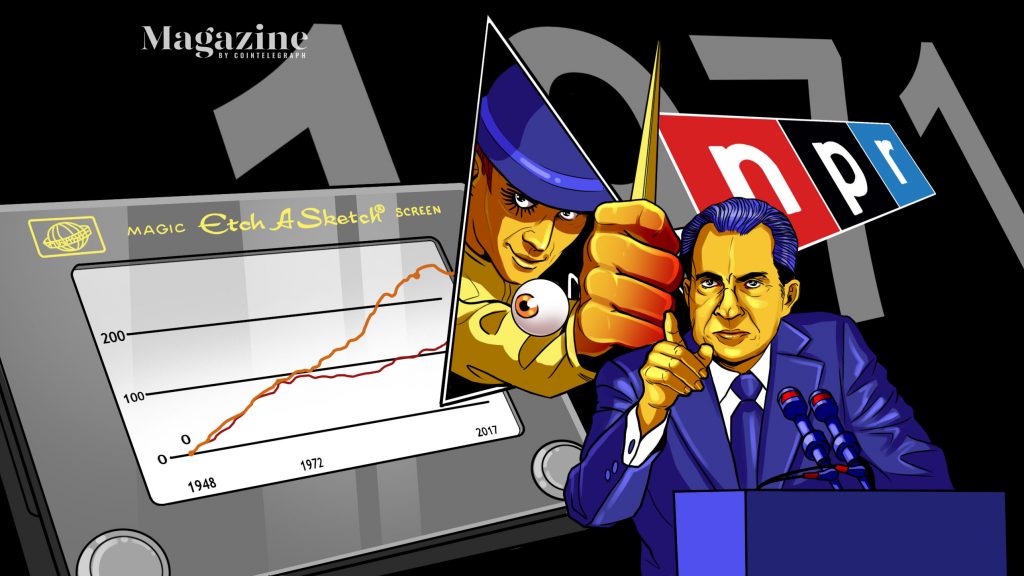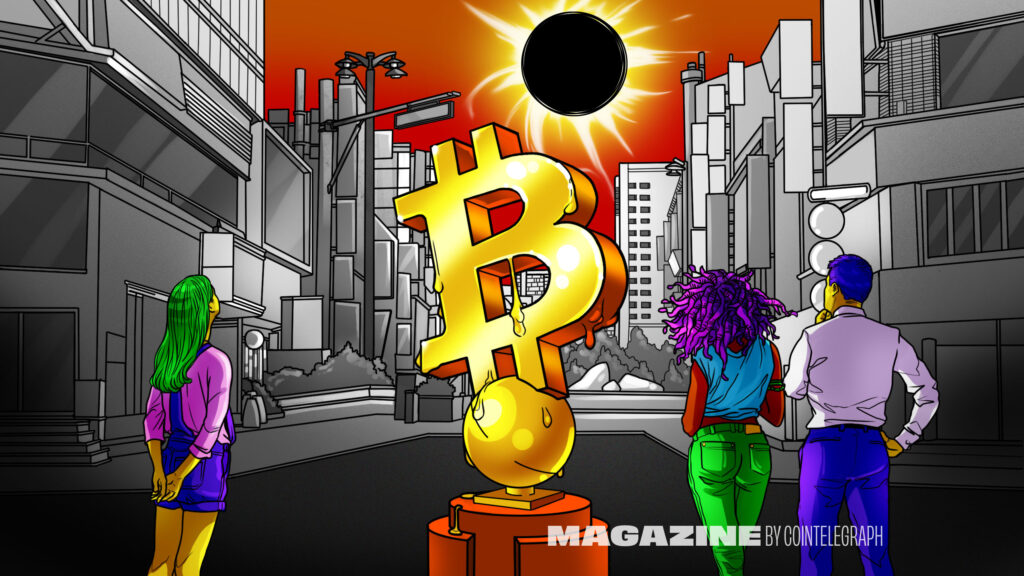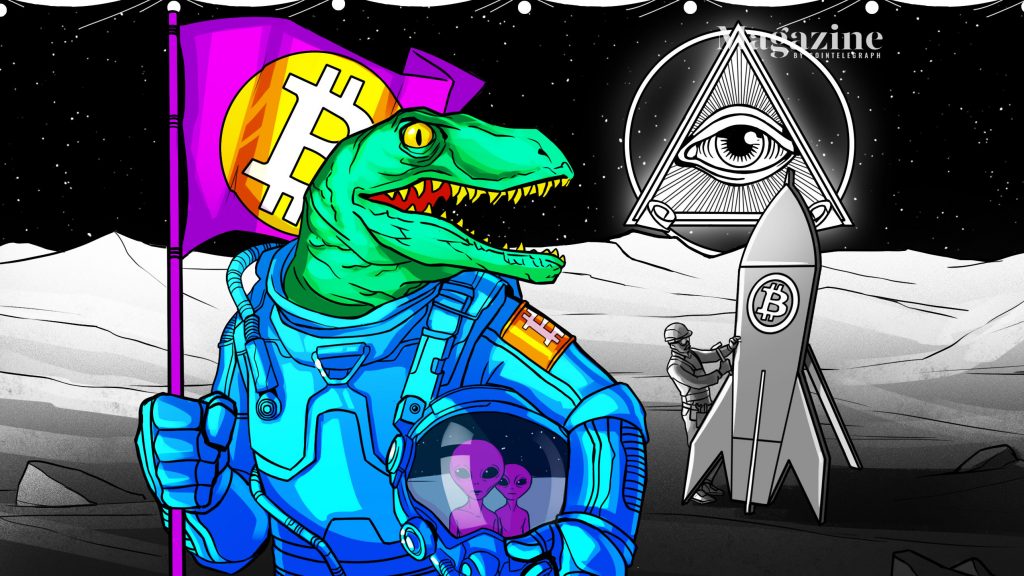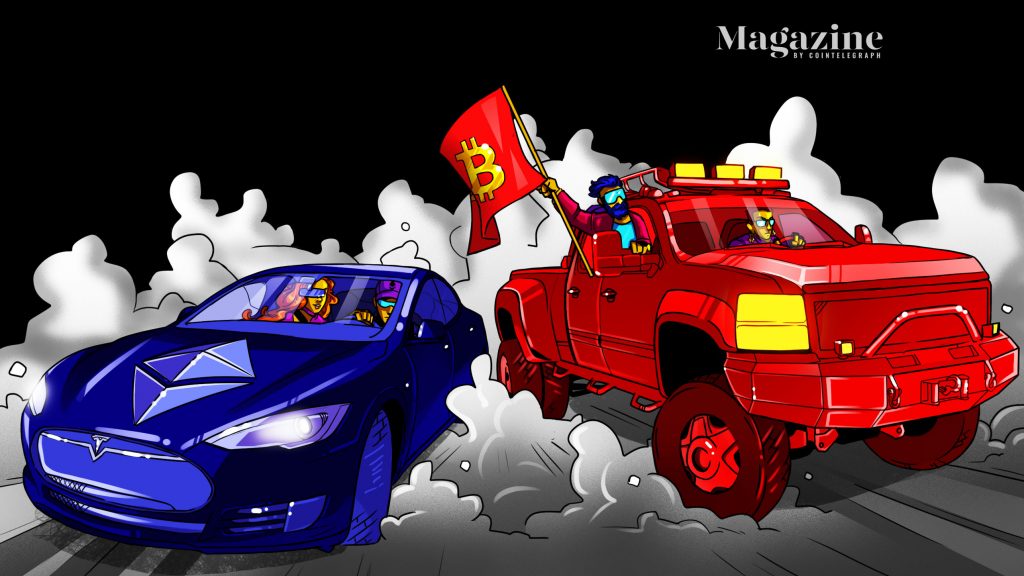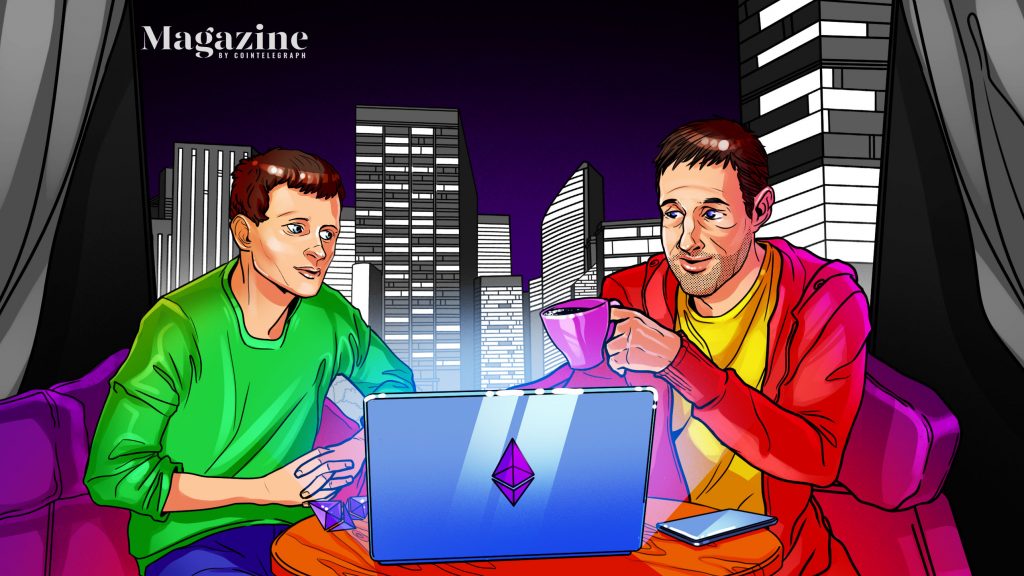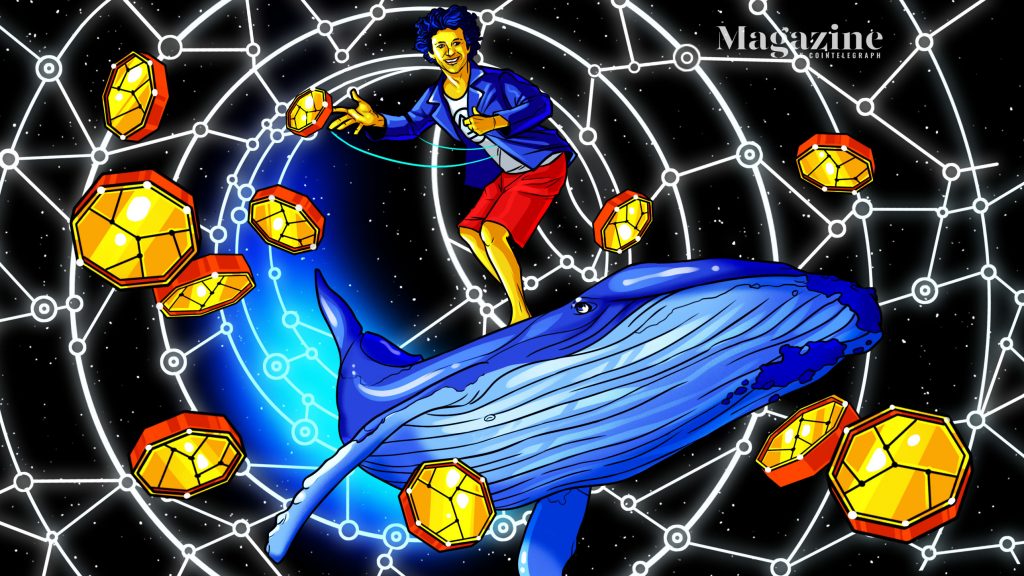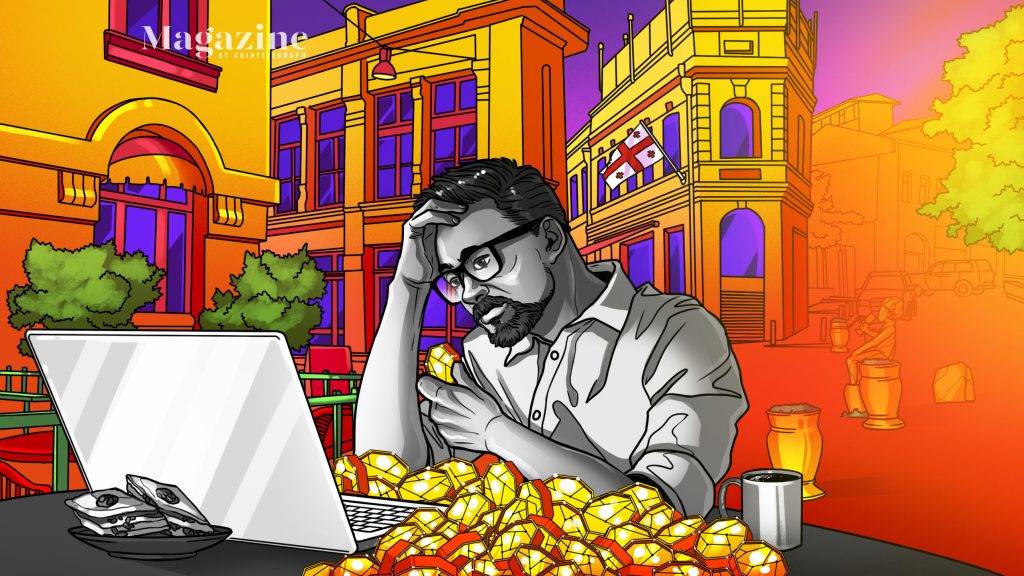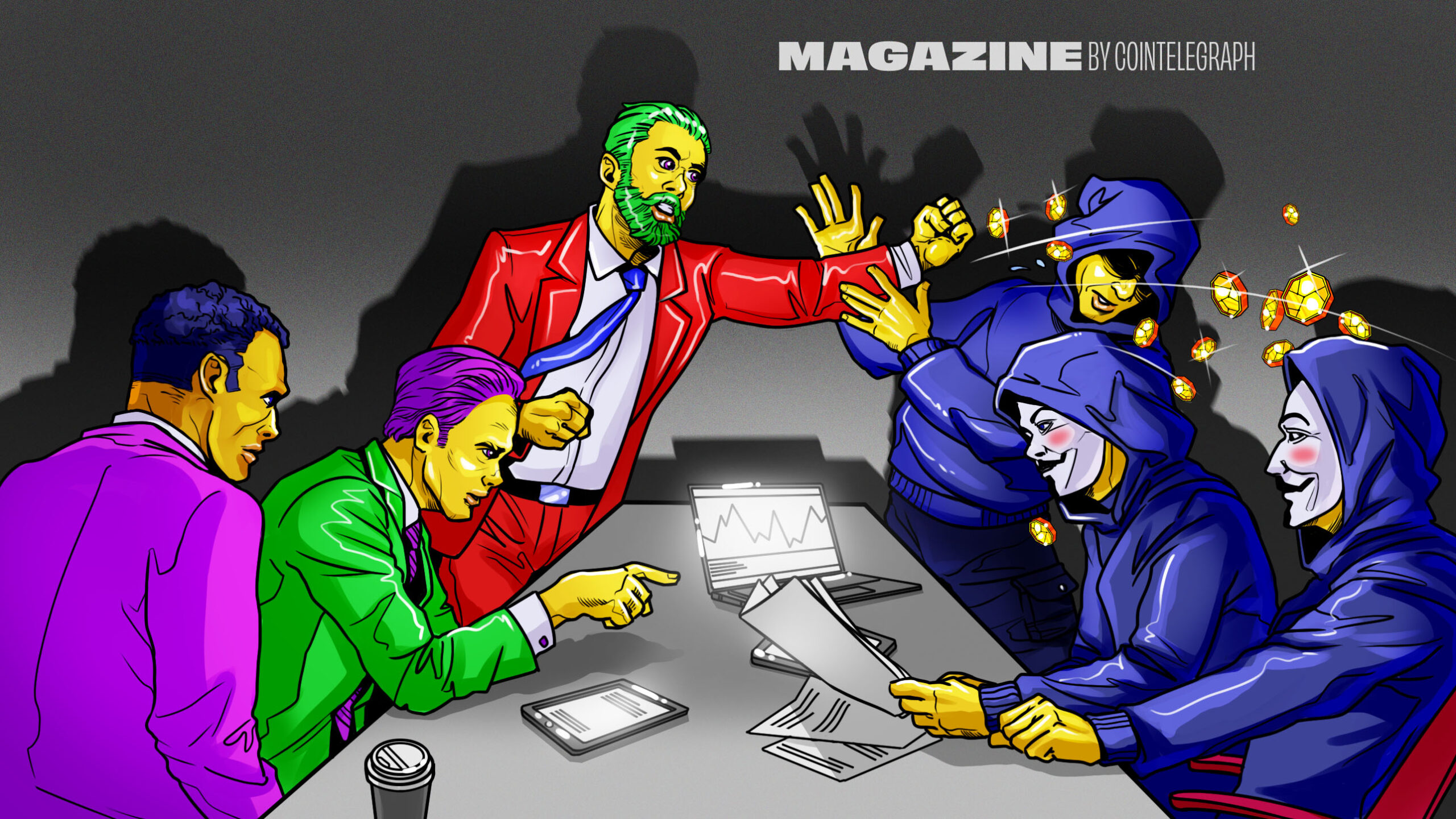
Name: Mason Versluis aka Crypto Mason
Anonymous: No
Twitter followers: 146.2K
Known for: Garnering over 1 million followers on social media before he could legally drink in the United States
Who is this guy anyway?
Mason Versluis may only be 22 years old, but hes already a full-time crypto influencer thanks to his wise old father introducing him to the world of XRP and Ripple before his 17th birthday.
He credits part of his success to hating his first job working in a greenhouse with plants, as it forced him to quickly find something else to do as he wanted out straight away.
This led him to run a music marketing agency at university, which, in turn, led him to drop out after a year to concentrate on the business, as he was making some sweet cash.
I was making more money than my professor on my phone, running a music marketing agency.
How did he get popular on Twitter?
Versluis admits many of his 146,000 followers on Twitter probably came from his TikTok account where he has garnered over 1 million followers.
Versluis decided the key to success early on was to network with other crypto influencers. This led to occasional likes and retweets from people like XRP crypto enthusiast Bearable Bull, which has helped him gain more visibility.
Versluis believes that Twitter is a pretty hard place to grow, saying that people have to like you for your words. Paying people certainly works, though, and in the early days, he would do giveaways with prizes up to $10,000 cash and crypto for those who would like the tweet, retweet and tag three people.
Did he follow through and pay up? He assures us there is proof of every single one under the tweet.
I love giving back. I wouldnt be in this position if these people didnt follow me.
I always keep my promises. Giving away 1,000 $XRP because Argentina won the World Cup!
— MASON VERSLUIS (@MasonVersluis) December 18, 2022
Any engagement on this tweet = entry in to win!
One lucky person.
Will draw winner randomly later today! Stay tuned with notifications on to see if you win https://t.co/SyXGxyJ633
As hes just 22, he feels pressure to be right and correct with what he puts out there on Crypto Twitter.
A lot of people think, How could this guy know anything, do I have to be forty-freaking-three? Why am I unable to have an opinion simply because of my age?
What you can expect on his Twitter
You can expect discussion around any current events in crypto, breaking news, alpha on the main utility coins XRP, HBAR, ETH, QUANT and controversial hot takes on anything and everything, he says.
Twitter beefs
Mild beef: The Crypto Lark
A beef that has Versluis rattling his head is why Lark Davis aka The Crypto Lark doesnt like him. Versluis said he has never had an interaction with him, but Davis has blocked him.
Medium rare beef: HEX Community
Although Versluis says hes neutral about HEX, he thinks founder Richard Heart has built a pretty controversial project and landed himself in hot water with HEXicans, which he says really irked him.
After putting out some tweets questioning HEX, which Versluis says, Werent even that bad, community members made a music video featuring Versluis face on a gravestone with RIP written on it.
Versluis said, It felt very weird and threatening, which only got worse when Heart shared the video himself.
One thing about HEX people, they are so willing to shill the project to you, even if you hate the project they are still willing to debate the topic.
Is $HEX next to crumble?
— MASON VERSLUIS (@MasonVersluis) November 22, 2022
Top quality beef: Bitcoin maxis
Versluis got into a war with the Bitcoin maxi community after he was quoted in an Insider article saying, Bitcoin was going to be slayed by Ethereum.
Insider blasted the article on social media, which ended with Versluis getting death threats on Facebook, which he says is the only death threats he has ever had on social media. Not that it changed his mind:
It is a standard position that ETH will flip Bitcoin eventually.
Twitter likes
Versluis enjoys the controversial people on Twitter, saying that he is a big fan of The Bearable Bull, Digital Asset Investor, Watcher Guru and Zerohedge. I only use Twitter to research; everything is crypto on my Twitter.

Looking ahead
Versluis is fairly conservative for an influencer on his Bitcoin price prediction for 2023, believing it will reach somewhere around the $40,000$60,000 mark.
Nothing is fully immune to a bear market a big banking change could shoot up the token price.
Versluis also believes there is one more catastrophic event like FTX to happen. What needs to crumble is going to crumble, he says.
Coinbase showing their submission to the SEC in their new petition… 1/3
— MASON VERSLUIS (@MasonVersluis) July 22, 2022
Why are they calling it the "Crypto Securities Market" LOL. And "digital asset securities"…
Get that dumbass security word outta there before you get all altcoins classified as securities in the US. pic.twitter.com/pCfMJVqv10
BREAKING: Twitter has just filed paperwork for them to enter the payments business…
— MASON VERSLUIS (@MasonVersluis) November 9, 2022
Here it comes @Ripple $XRP ? Or competitor
There are MANY things I hate about the thought of a one world currency, one world government, one world everything.
— MASON VERSLUIS (@MasonVersluis) October 18, 2022
But there are also a lot of things I love and that would be so much easier



















